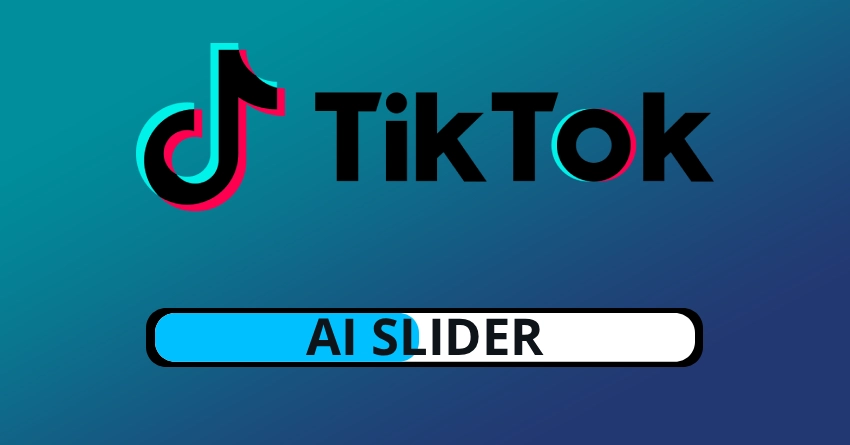In a move that reflects growing concerns about AI-generated content, TikTok is rolling out a feature that lets users control how much AI content appears on their For You Page (FYP). This change is part of the platform’s ongoing effort to make content more personalized and transparent while responding to user feedback.
TikTok now includes an AI content slider in its settings. This slider allows users to decide whether they want to see more, less, or a balanced mix of AI-generated videos on their feed. It’s a subtle but significant step in giving users more power over the algorithm that dictates their video recommendations.
Unlike previous updates that focused solely on general content preferences, this feature specifically targets AI-generated videos, which are increasingly prevalent across social media platforms.
How It Works
The AI content slider works by detecting AI-generated videos using a combination of:
- Internal watermarks applied by TikTok’s AI tools.
- Content credentials, such as C2PA verification metadata, to confirm whether videos were AI-assisted.
Users can adjust the slider to their preference:
- Slide down to see fewer AI videos.
- Slide up to allow more AI videos to appear in their feed.
It’s important to note that TikTok isn’t removing AI content entirely—this feature simply allows for more control and personalization, rather than a total ban.
AI-generated content has been growing rapidly, raising questions about authenticity, creativity, and transparency. By giving users this control, TikTok aims to balance innovation with user choice. The platform acknowledges that while AI can enhance creativity, not everyone wants their feed dominated by AI-generated media.
This move also aligns with broader industry trends. Social media platforms are increasingly adding tools that let users tailor their feeds and filter out certain types of content, giving people more control over what they see.
Availability
Currently, the AI content slider is in the testing phase, with a wider rollout planned in the coming weeks. TikTok has not yet specified an exact global release date, but early reports suggest it will be available across multiple regions, likely including Europe and North America.



